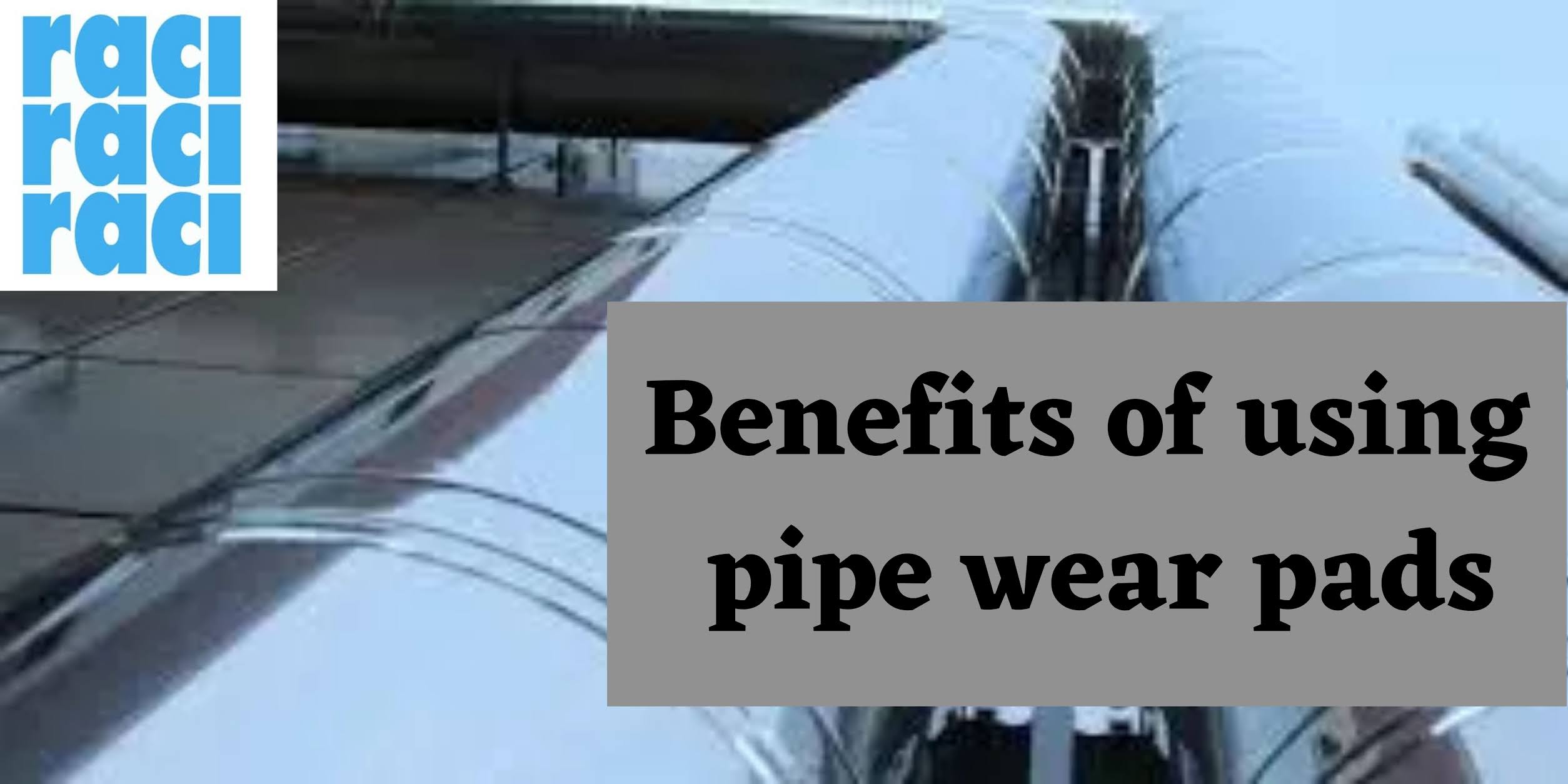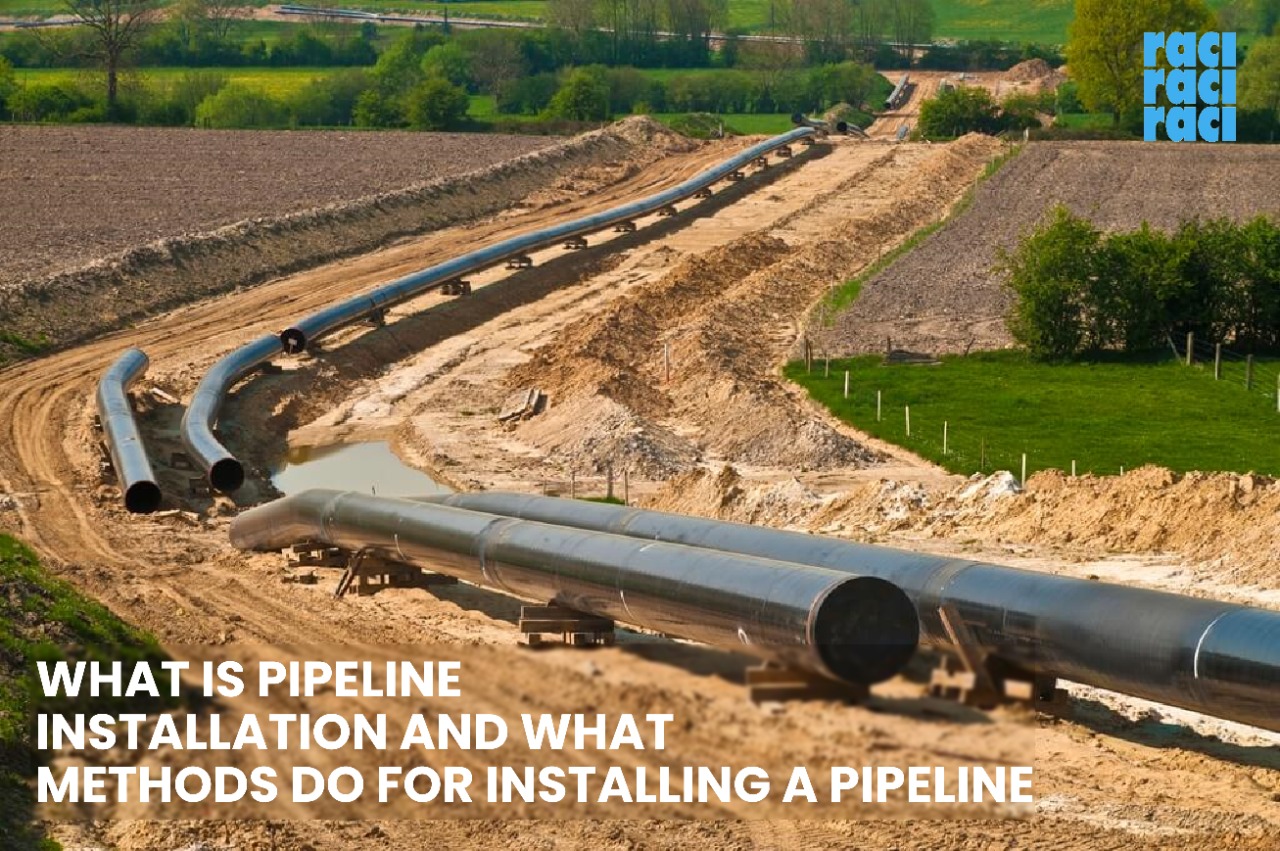The Advanced Guide to Pipeline Rehabilitation

What is Pipeline Rehabilitation? Pipeline Rehabilitation is a procedure that undertakes the replacement and repair of water and sewer pipelines that run underground in a city that connects houses, offices, and industries to the pipeline network. The Modern Technique for Pipeline Rehabilitation Trenchless is the modern technology to repair, rehabilitate and replace pipelines without the need to excavate the pipelines. Why is there a need for pipeline rehabilitation? Structural rehabilitation restores the pressure capacity of a pipeline that has been compromised. These products are designed to be fully pressure-containing and do not require any strength contribution of the host pipe. Pipeline Rehabilitation is the broader term for repair and replacement, in order to process the major repairs, maintenance. Seek help from experts in order to examine and move ahead with the treatment plan for your pipeline systems. Various Pipeline rehabilitation techniques A full range of pipeline r



